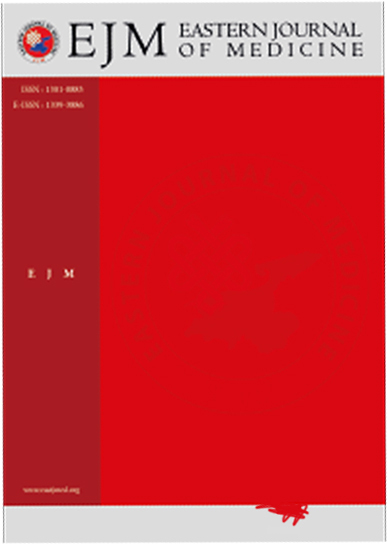The Analysis of Bee Allergy Patients in ***, *******
Özge Atik, Ali CanA. university Of Health Sciences, Van Training And Research Hospital, Department Of Immunology And Allergy, Van, TurkeyINTRODUCTION: Bee allergies cause a significant health risk due to the potential for severe, life-threatening reactions and they negatively an individual's quality of life. We aimed to investigate prevalance and characteristics of bee and wasp sting allergies in *** province of *******.
METHODS: Patients who experienced allergic reactions after any bee stings between 2021 and 2024 were evaluated. The study assessed patients, Apis-specific immunglobulinE (IgE), Vespula-specific IgE, total IgE andtryptase results, in addition to demographic characteristics such as age, gender, time of bee sting, and severity of allergic reaction.
RESULTS: A total of 139 patients with venom allergy were included. The median age was 33 years and53% of the patients were male.While 21% of the patients reported an allergy to honeybees, 62% reported an allergy to wasps, and 17% reported an allergy to both honeybees and wasp. Allergy tests were found negative in one of the four patients. Total IgE levels were significantly higher in those with positive allergy tests p değerleri hepsine 0 dan sonra virgül koymanı istemiş sen de hala nokta (p=0,001). Additionally, the positivity rate in allergy tests was found to be significantly higher for wasps than for honeybees (p=0,001).
DISCUSSION AND CONCLUSION: We found that the prevalence of wasp allergy in our geographical region is higher than honey bee allergy although beekeeping activities are widespread. This may be due to the strict adherence to protective measures in the beekeeping sector and the fact that the city center is concentrated in a small area within the rural region.
Manuscript Language: English














